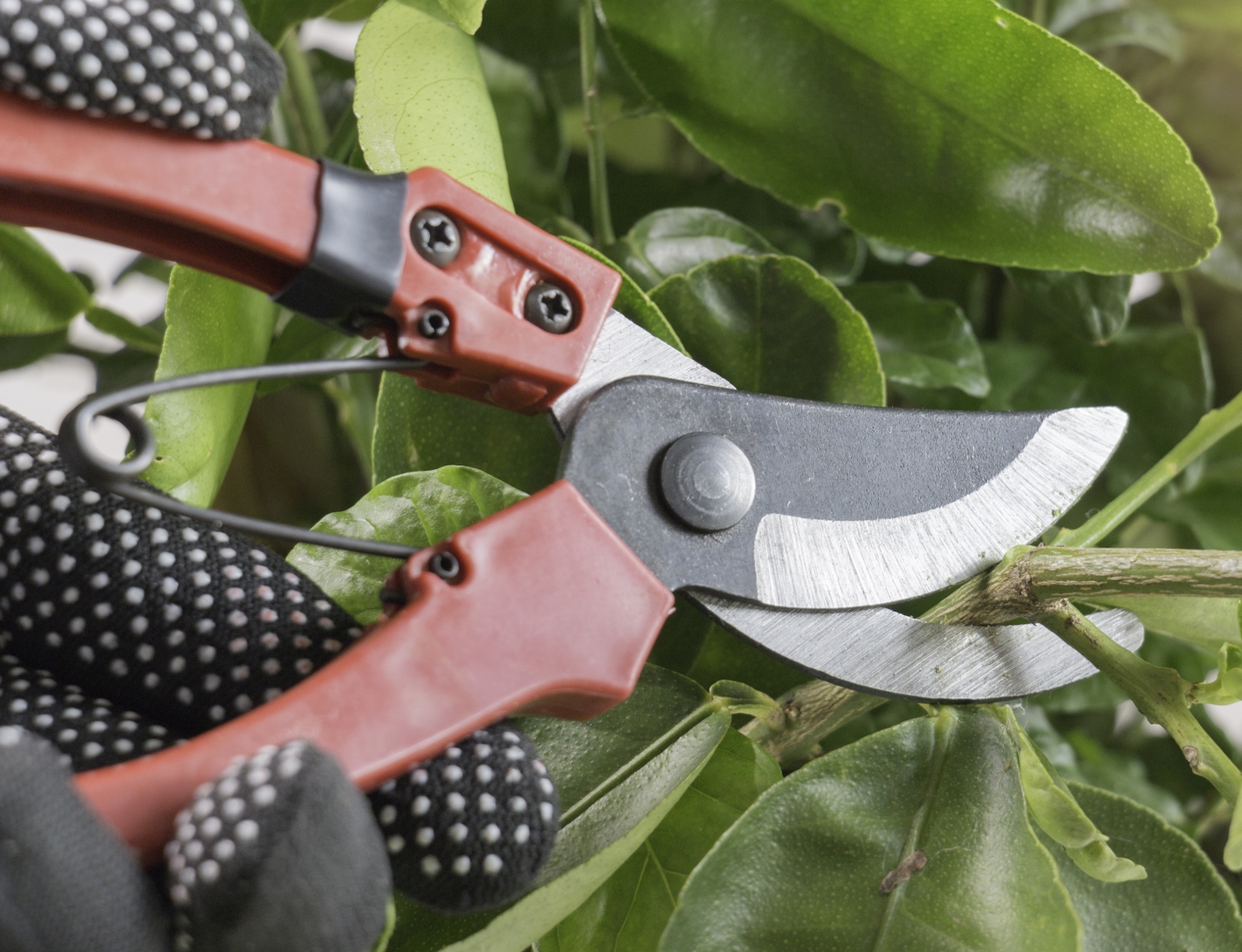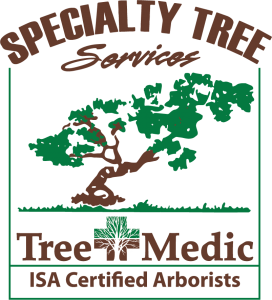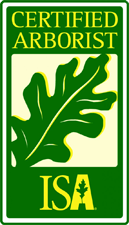Trimming & Pruning
There are many reasons why tree pruning is critical to keep your trees healthy and safe.
All woody plants require some degree of pruning to maintain proper structure, to remove deadwood, and to remove damaged or diseased material.
Proper tree pruning techniques are an absolute must for the short- and long-term health of your woody plants.
Conversely, improper tree pruning, cuts, and limb removal can cause irreparable harm by exposing soft, living tissue to insects and disease–causing severe decay over time.
Proper tree pruning made at the appropriate time, give the plant the best opportunity to heal.
Young Trees
Most young trees purchased from nurseries are rarely installed in their natural setting. Therefore, structural pruning is critical and has a dramatic impact on young trees as they mature.
When these trees are planted in full sun in the the landscape, they may develop multiple leaders and stems. These limbs are more prone to failure later in the plant’s life.
Specialty Tree Services Certified Arborists know how each tree species will react to its environment, and which species require specific types of tree pruning.
Pruning trees when they are young and vigorous is critical to ensuring a strong framework for future growth.
Mature Trees
Large trees in the landscape can inspire wonder and awe. However, even as massive and durable as they appear, they’re extremely sensitive to improper pruning and other damage.
Mature trees require special considerations to keep them healthy and safe from falling hazards. Often referred to as crown cleaning, the removal of dead and dying branches is important to maintain plant health and safety.
Crown thinning, the removal of live branches to reduce density, can reduce wind resistance and potential for storm damage. Thinning should be concentrated on the outermost portions of the canopy, leaving as many branches on the interior crown as possible.
Over-thinning is a common mistake made by unqualified pruners, and leads to undesirable sucker growth and complete limb failure.
In some instances, branches in the crown may require shortening to eliminate interference with structures or to compensate for a structural weakness. Lower branches may require pruning for similar reasons. This is known as crown raising and can be used to increase the amount of light for grass and ground covers beneath the crown of a tree.
We are trained Arborists and can evaluate the condition of your trees and determine the types of pruning required to balance your landscape goals and manage plant health and safety.
Specialized: Fruit Trees & Vista Pruning
Our Arborists are also proficient at various pruning styles including espalier, pollarding, pleaching, and topiary.
Fruit tree pruning is becoming increasingly popular as homeowners grow apples, pears, and stone fruits, along with other fruit bearing plants in their gardens.
Vista pruning is a judicious trimming of branches to enhance a view from a given location. Vista pruning is popular especially for our customers with homes near mountains or lakes.
Finally, never let someone climb your tree with climbing spurs or spikes, unless the tree is to be removed. This practice has long been deemed unacceptable by industry standards. Unfortunately, it is still used by unknowing or untrained tree trimmers.
Specialty Tree Services uses climbing gear, specialized machinery, and climbing techniques that protect your large, woody plant’s health.


 HIRE A CERTIFIED ARBORIST
HIRE A CERTIFIED ARBORIST